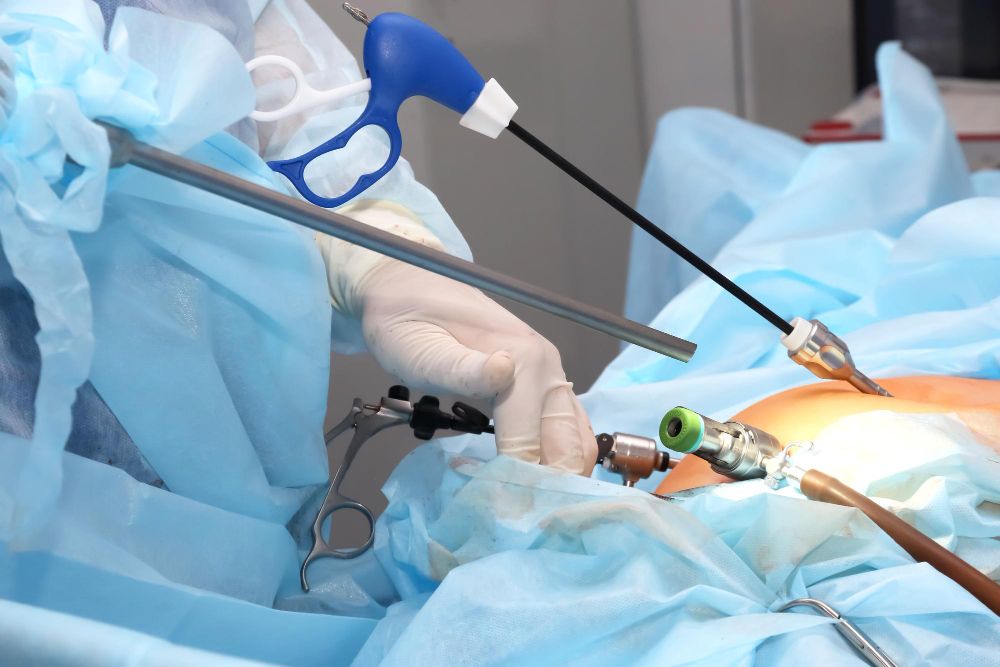Many couples face challenges when trying to have a baby. Laparoscopy for infertility is a common fertility treatment that helps doctors find and fix problems inside the pelvis. This minimally invasive surgery allows for tubal assessment and adhesiolysis, which can improve the chances of pregnancy. In this blog, we will explain what laparoscopy is, why tubal assessment matters, and how adhesiolysis can help. We will also discuss the procedure, its benefits, risks, and tips for recovery. Understanding these steps can help you make informed choices about your reproductive health.
What is Laparoscopy for Infertility?
Laparoscopy is a type of surgery that uses small cuts and a thin camera to look inside the belly. For infertility, doctors use laparoscopy to check the uterus, fallopian tubes, and ovaries. Because it is a minimally invasive surgery, recovery is usually faster than with open surgery. Doctors can see problems that may not show up on other tests. For example, they can find scar tissue, cysts, or blocked tubes. Laparoscopy also lets doctors treat some issues during the same procedure.
Why is Tubal Assessment Important?
Fallopian tubes carry eggs from the ovaries to the uterus. If these tubes are blocked or damaged, pregnancy becomes difficult. Therefore, tubal assessment is a key part of infertility testing. During laparoscopy, doctors can:
According to the World Health Organization (WHO), tubal problems are a leading cause of infertility in women. Early detection helps guide the best treatment plan.
What is Adhesiolysis and How Does It Help?
Sometimes, scar tissue forms inside the pelvis. This scar tissue, called adhesions, can stick organs together and block the tubes. Adhesiolysis is the process of removing these adhesions. During laparoscopy, doctors use special tools to gently cut and remove scar tissue. As a result, the tubes may open, and organs can move freely again. Removing adhesions can improve fertility and reduce pain. In many cases, women who have adhesiolysis see better chances of becoming pregnant.
How is the Procedure Performed?
Laparoscopy for infertility is usually done in a hospital or clinic. Here is what you can expect:
Most patients go home the same day. However, some may stay overnight for observation.
Benefits and Risks of Laparoscopy in Infertility
Laparoscopy offers several benefits for infertility treatment:
However, like all surgeries, there are some risks:
According to the Centers for Disease Control and Prevention (CDC), serious problems are rare, but it is important to discuss risks with your doctor.
Recovery and Aftercare Tips
After laparoscopy, most people recover quickly. Even so, following these tips can help:
If you notice severe pain, heavy bleeding, or trouble breathing, seek medical help right away.
Prevention and Lifestyle Advice for Reproductive Health
While some causes of infertility cannot be prevented, healthy habits can support reproductive health. For example, you can:
Regular check-ups can help detect problems early, leading to better outcomes. Consult Dr. Rupa Pandra, a fertility specialist, for personalized advice on laparoscopy and infertility treatment.

